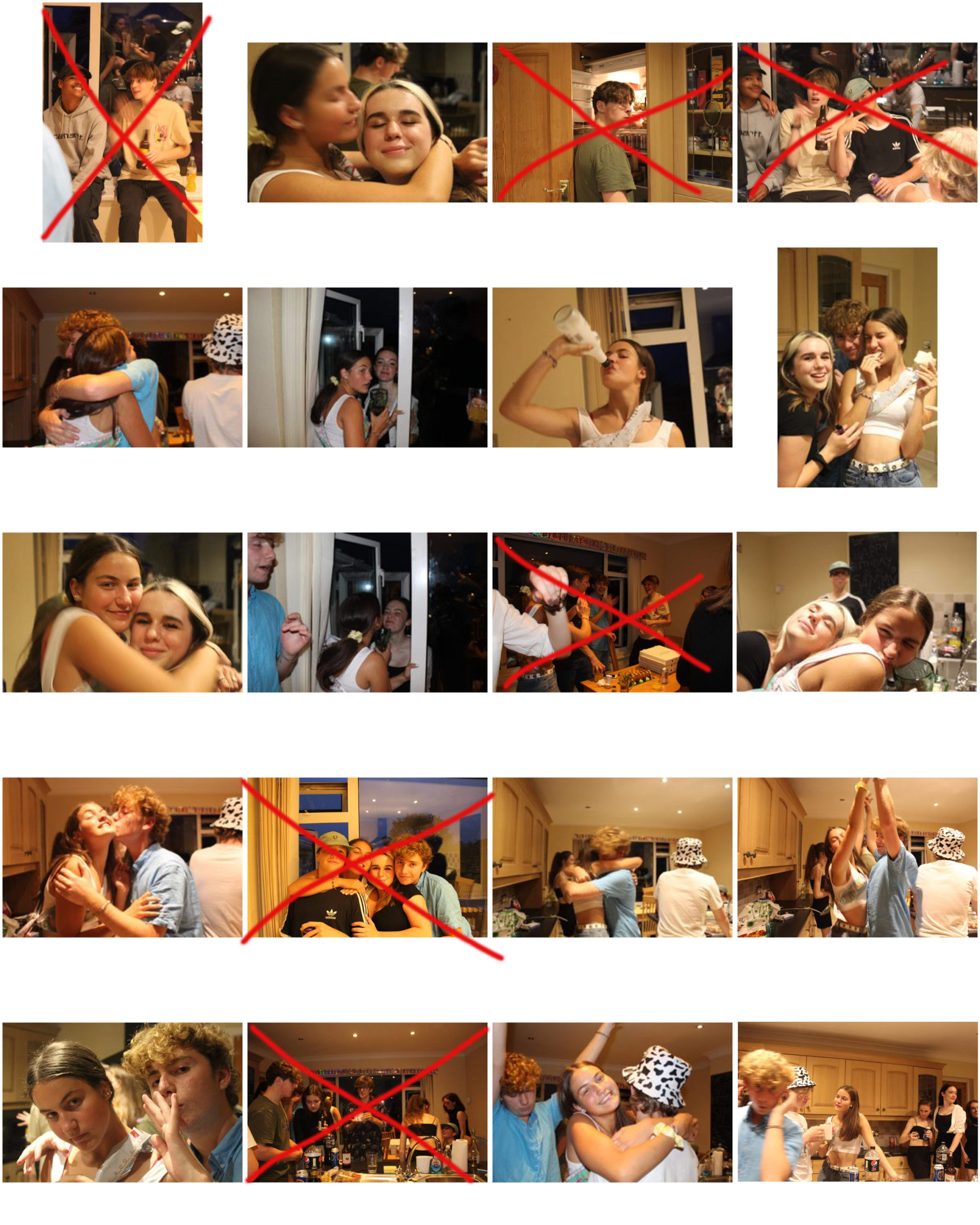
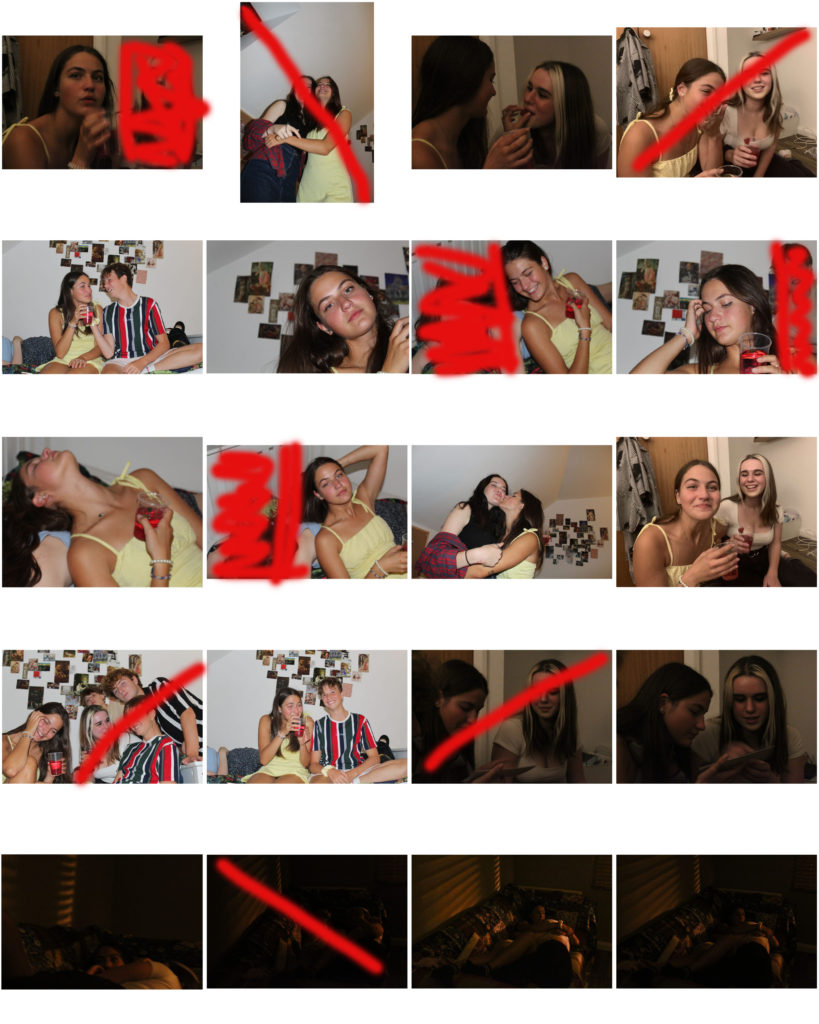





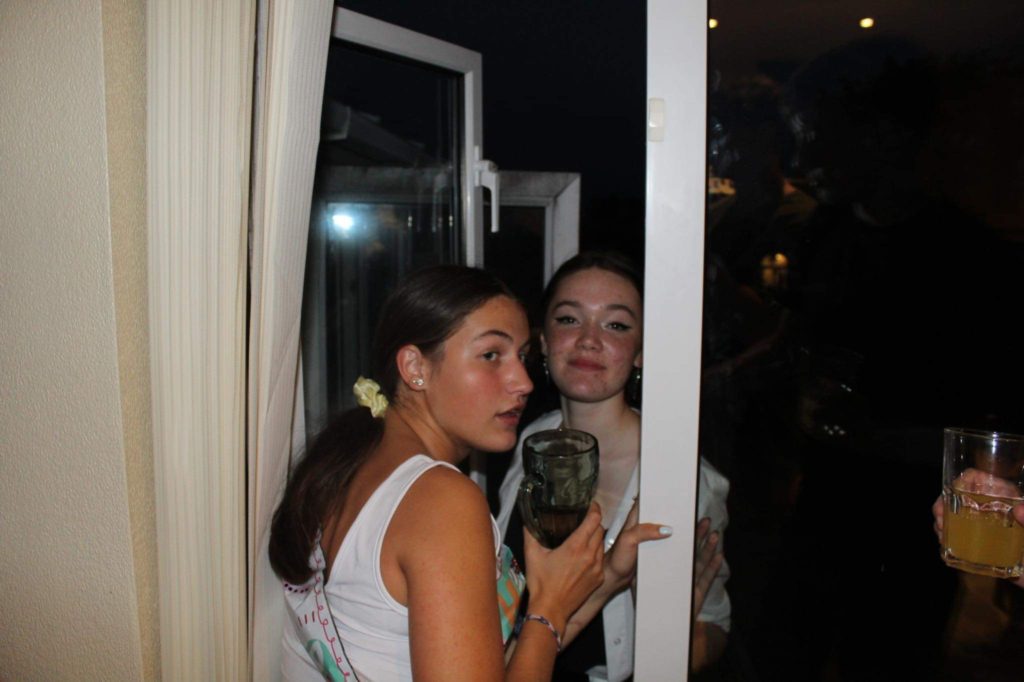

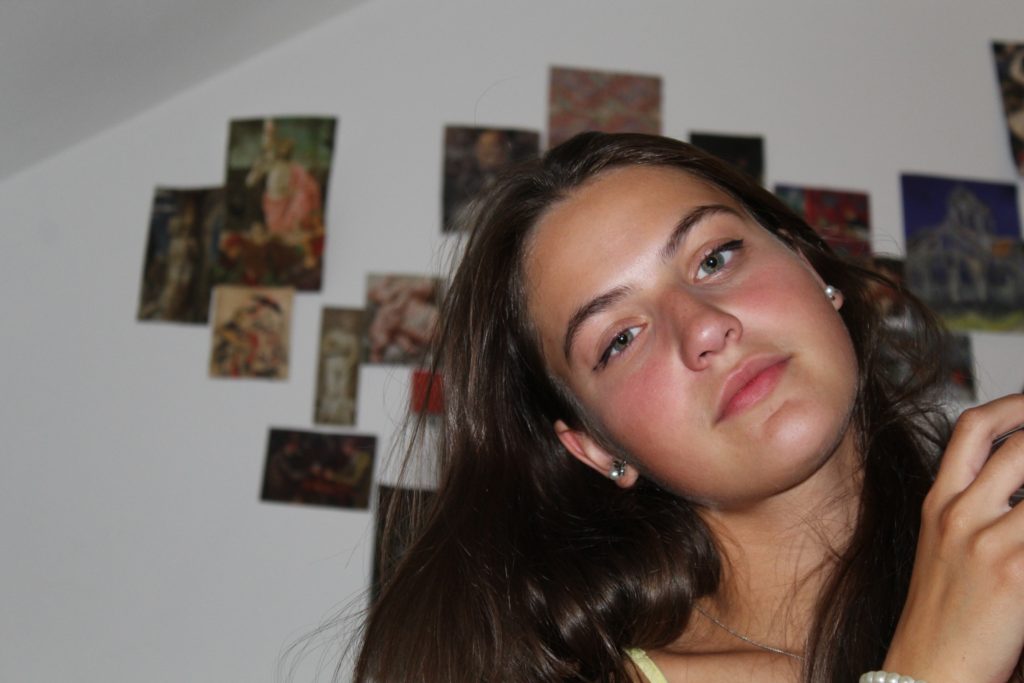

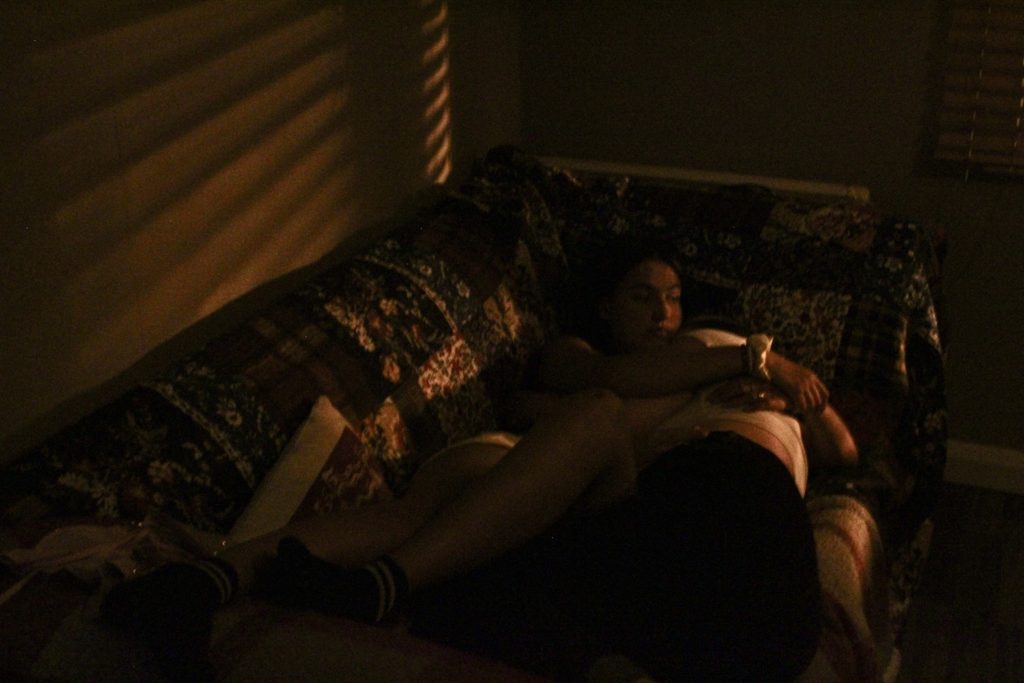
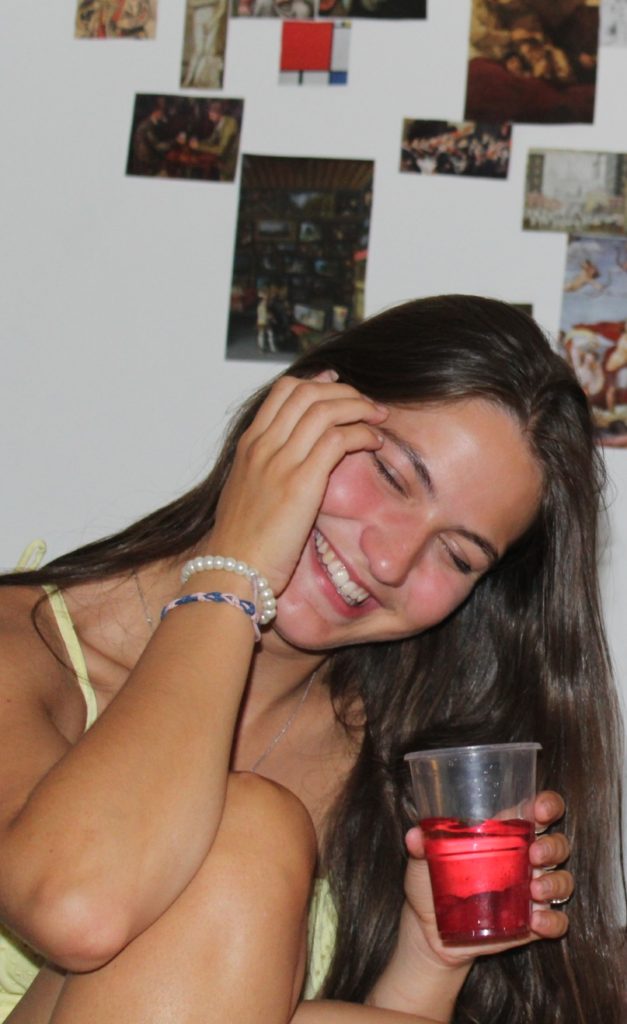
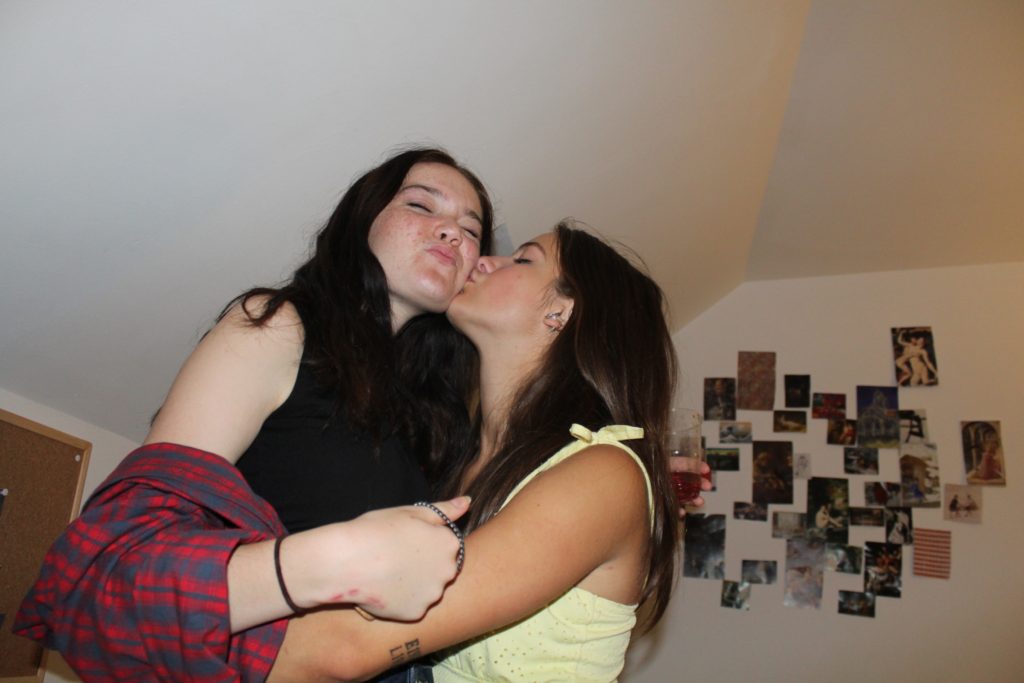
Alec Soth was born in 1969 in the USA and his work mainly features American stories, particularly the midwest. He has described himself as focusing his “photographic career on finding chemistry with strangers” and making portraits of a wide variety of people from all walks of life, often in their own homes in the form of environmental portraits. In this respect, he is similar to Ernest Badoux. He has published several books, and the images below are all taken form his most recent publication, “I Know How Furiously Your Heart Is Beating”, which is mainly comprised of environmental portraits of strangers in their homes.
“This is how photography works — this appreciation of all these surfaces, all this beauty. But you can’t quite get inside. It’s about making do with that.”
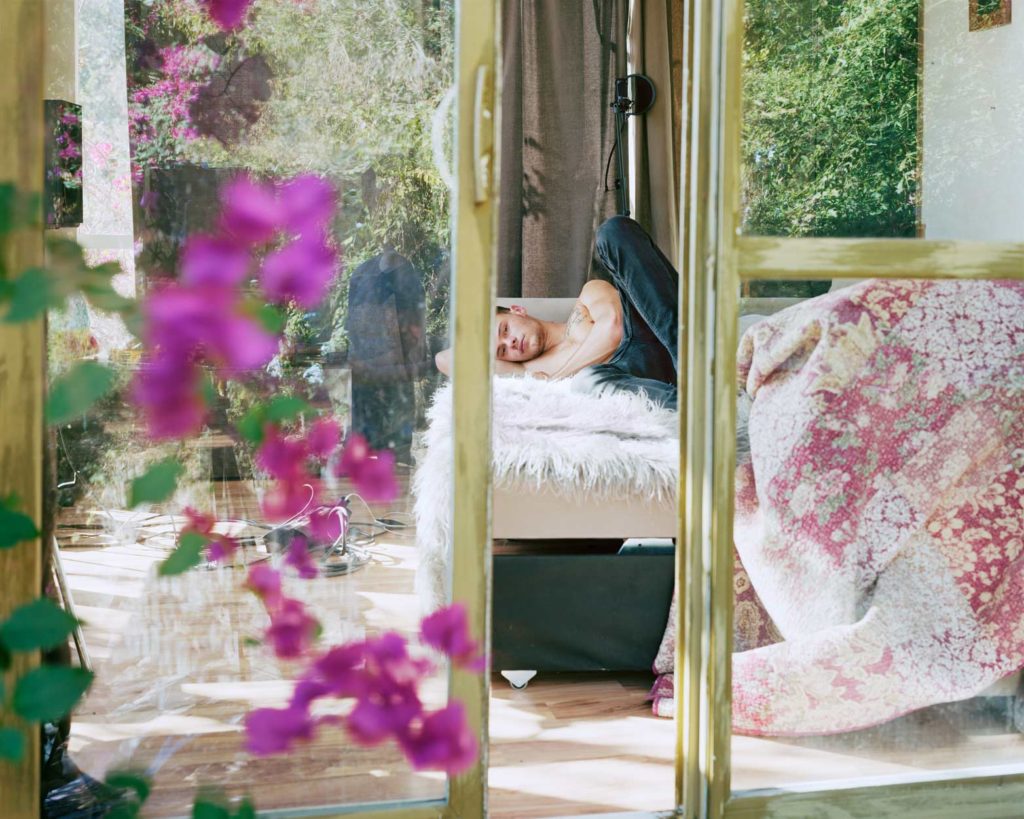
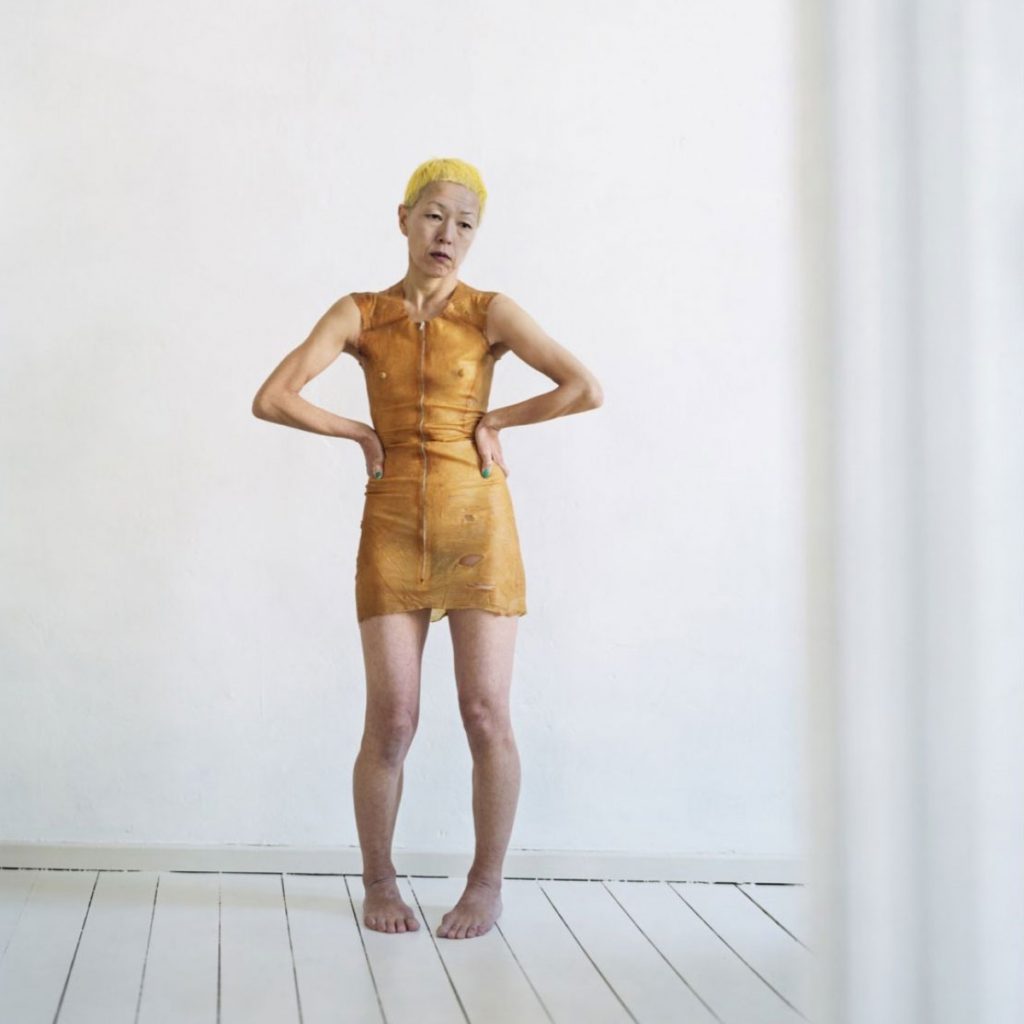
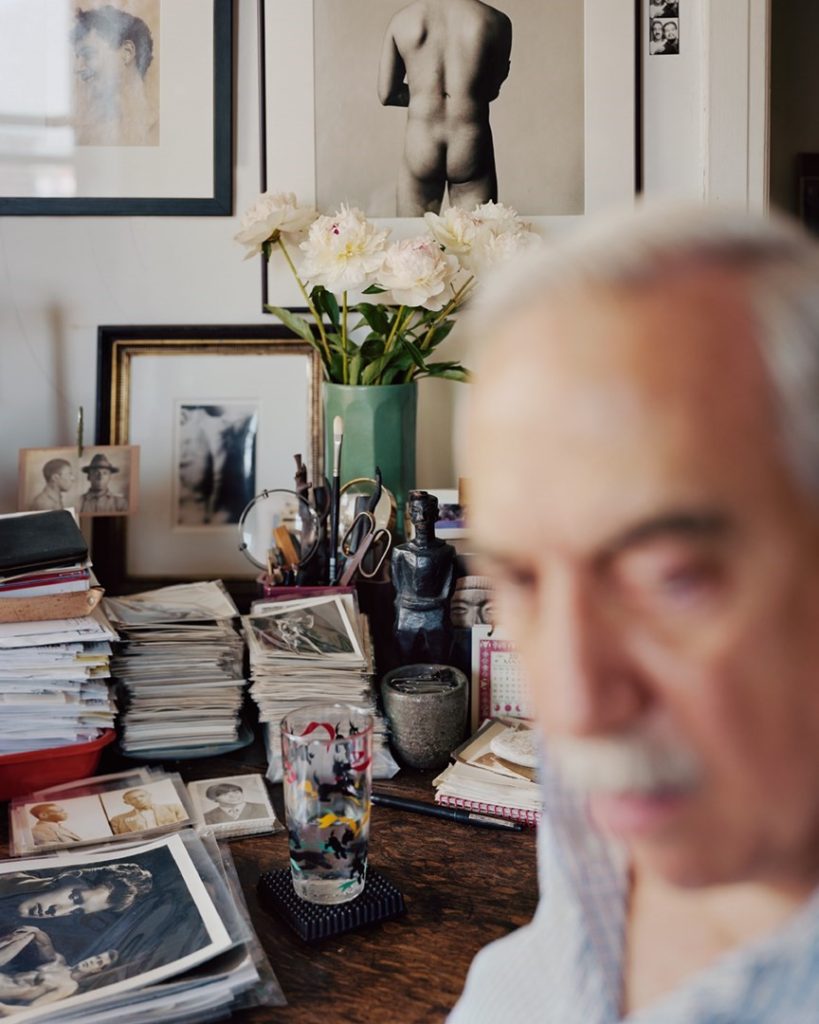
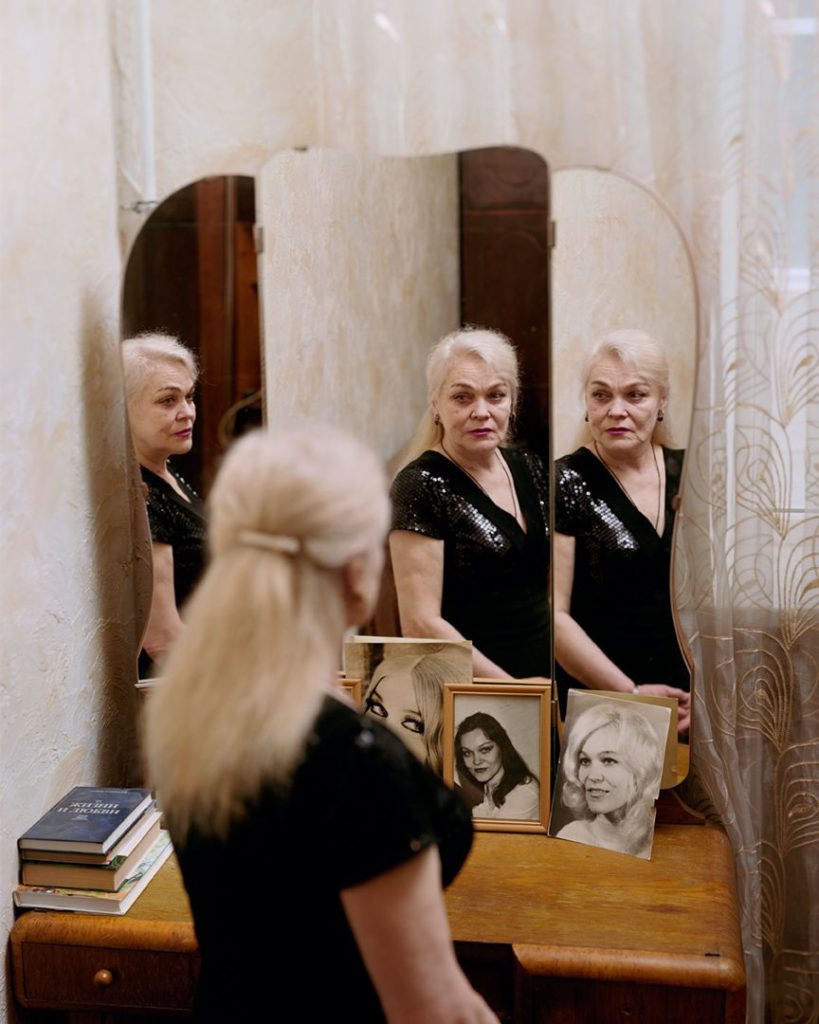


Contrasting Ernest Badoux’s black and white portraits taken in a studio environment, the tone of which is very formal, these portraits are colourful and taken from various different and more contemporary angles, giving them a more informal sense and creating the sensation that the camera lens is acting as the eye of the view. This, coupled with the fact that the subjects are (mostly) staring directly down the lens, adds to the feeling that the viewer is interrupting a private moment and intruding on their personal and private space, completely opposite to Badoux.
“When I photograph people, I want to find a new way to engage with them. Where it’s not driving around, snagging people, talking them into stuff they don’t want to do.”
Soth also differs from Badoux in the way that his photos are titled, simply being the subject’s first name and the city they live in, in stark contrast to Badoux’s formal and stiff use of titles (Mr, Mrs, Miss) and last names. This makes Soth’s portraits more personal and engaging than Badoux’s.
As well as portraits, he also included a few images titled as somebody’s “view”, which in themselves reveal little about the people who’s views they are, but more about what sort of environment they are living in. In a way this is still a very personal and intimate subject to photograph, as it’s what that person would see every single day as part of their routine, and so it is a central part of their life.
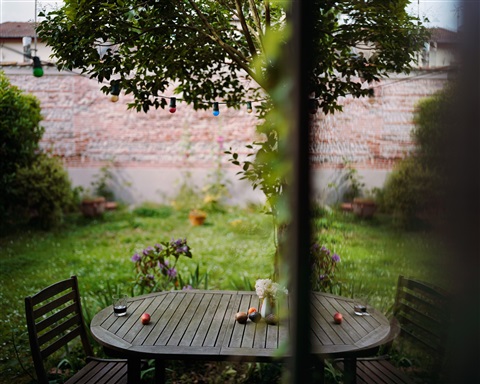
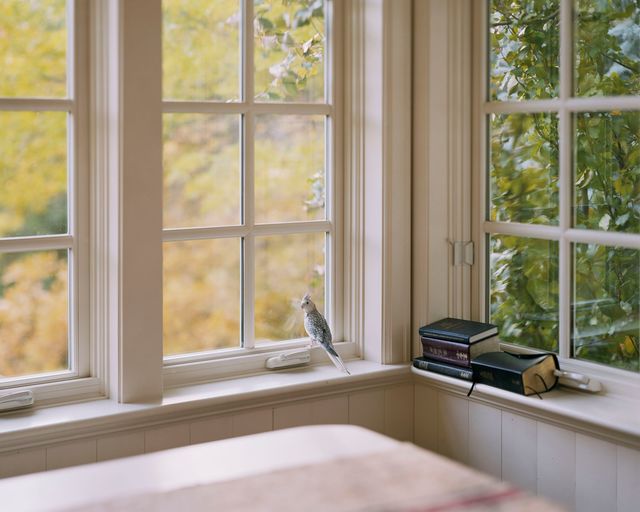


This image features much more symbolism than Ernest Badoux’s work, as its intention is more to tell a narrative and convey a meaning than simply document a person’s existence. This photograph could be said to carry a strong theme of identity, represented in the multi-faceted mirrors and the photo frames on the vanity. The way that the subject is looking back at herself from multiple angles as well as having pictures of her younger self (I am assuming) reveals how the passage of time has changed her and perhaps signifies a loss of identity or self-love. Her expression seems sad and tearful, which is by choice rather than necessity, as it was with Badoux’s photography, therefore it carries more emotion and significance in it. The lighting in this image is bright and from above, as it was taken inside, and the whole image’s colour palette is fairly monochrome and neutral, contrasting much of Soth’s other work featuring bright interiors and clothes. Finally, similar to Badoux, the subject is the centre of the image which draws the eye in and reinforces her as the main focal point of the photograph as a whole.
https://alecsoth.com/photography/projects/i-know-how-furiously-your-heart-is-beating
https://www.nytimes.com/2019/03/20/t-magazine/alec-soth.html

Born on the 3rd of January 1882, Edward Dale was a skilful photographer who took hundreds of landscape photos, including documentation of a range of events in Jersey, giving him the title of amateur ‘photojournalist’. Alongside these, Dale took a number of environmental portraits of islanders at the time.
In 1913, Dale entered the Jersey Eisteddfod (the photographic competition), resulting in him winning four 1st place prizes and two 2nd place prizes. He went on to have 40 of his images published on postcards in 1914, with many numbering as the most iconic images in Jersey during that time period.
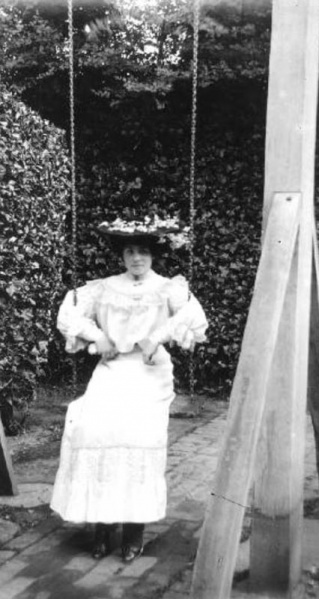

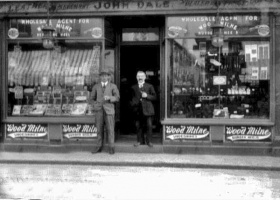
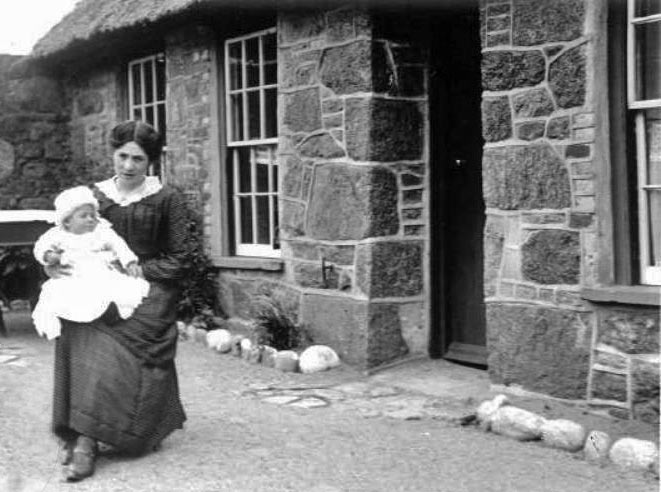

As a photojournalist, the intention behind many of Dale’s photos were to purely document what and who interested him in Jersey, by scoping out individuals at their homes or places of work. This contrasts to the work of other photographers at this time, who tended to have studios set up in St. Helier where wealthy individuals to approach them and pay for formal portraits to be taken of them.
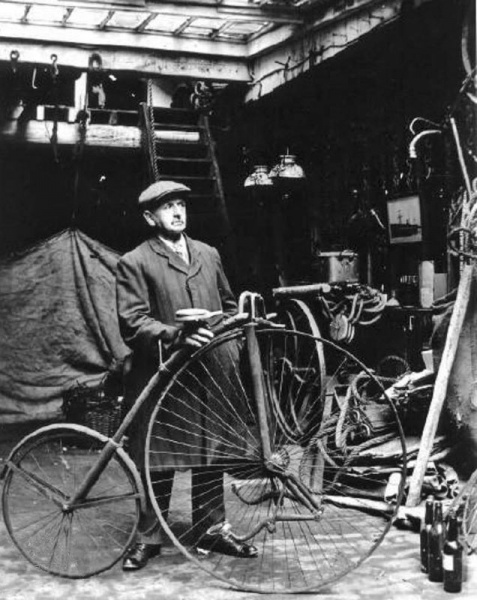
This image is presented in black and white, though not by intention, which reflects the era in which the image was taken. Additionally, the image is slightly out of focus, due to the long shutter speed of cameras of that time.
Dale’s image is an environmental portrait of an islander in Jersey between 1910 and 1920. As he was renowned for photojournalism, Dale likely took this portrait as he took a particular interest in the subject. Dale’s image portrays a man standing behind a penny-farthing bicycle in what appears to be a garage or shop of sorts, with a potential bicycle covered by a tarpon in the background. The man is dressed in a suit and an overcoat, an outfit implying that the subject doesn’t work for the place in which he’s standing. Perhaps he’s someone of higher importance, such as a manager or shop-owner, or perhaps he is a customer looking for a product.
Despite being a candid image, the wide and upright stance of the subject presents a natural sense of power, importance and dominance. His face is neutral but shows entitlement and privilege- with furrowed eyebrows and a strong gaze towards something, he seems expectant. Whether it’s an issue with the bicycle or a purchase he’s willing to make, the gaze makes it clear that he is more focused on the probable person attending him than on the bicycle, emphasising the dominance he has and the pressure he may assert on other individuals.
Furthermore, Dale utilities the natural light present through the skylight to illuminate the subject from above. This highlights the subject completely, keeping the main focus on him despite the busy background. The light also shows the polished shoes of the man, implying that he takes care of his appearance, further asserting the importance of the figure.
Moreover, the juxtaposition between the well-kempt, orderly appearance of the subject and the disordered, unorganised nature of the setting intensifies the idea that this is not the natural environment for the subject. This creates ambiguity as to who the person is and what role he played within Jersey society at the time.
Jafe is a French photographer renowned for infiltrating the world of the Japanese mafia (otherwise known as the Yakuza). Her photographic series ‘I give you my life’ gives a voice to the notoriously closed subculture of women associated with the Yakuza and in turn celebrates the bravery of those who have given their lives to the men behind it .
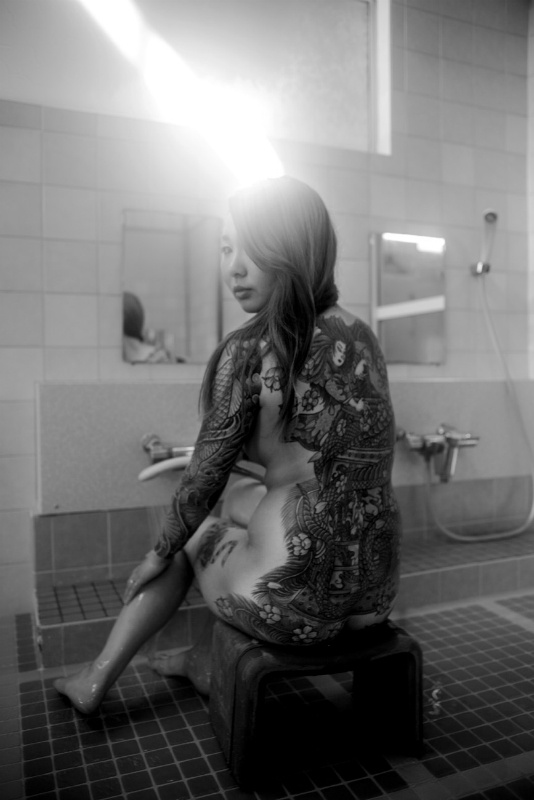
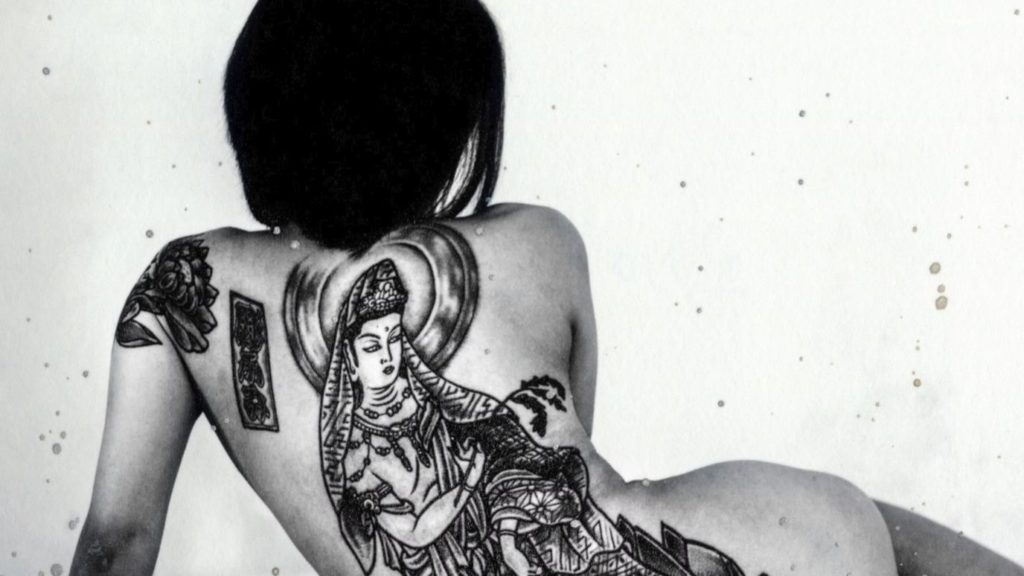
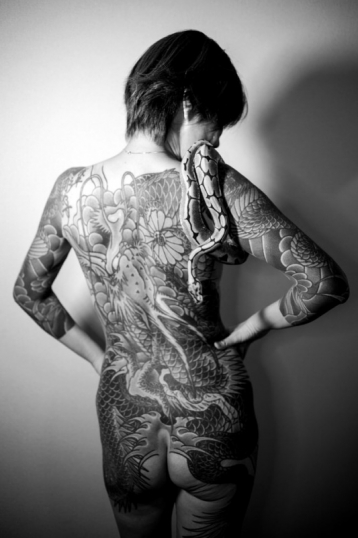
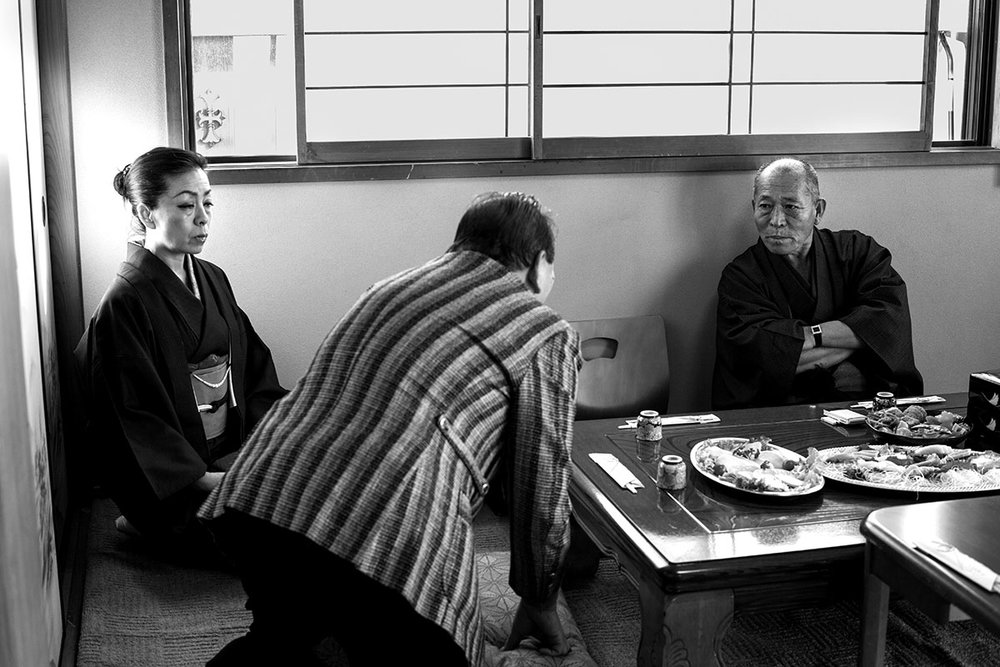
The women in her images said their motivations for getting their tattoos (irezumi) were about love and strength- being in and falling out of love, feeling strong and having the need to feel strong. The painful process for getting the tattoos includes being done by hand with a wooden handle and a needle which requires endurance and perseverance as they can take years to complete. Some women say their incentive for getting the tattoos were to “…live like the man I’m in love with”. Others say that looking at their naked body without tattoos made them feel “weak”.
Ultimately, the women feel as though their tattoos are a way to mark their independence from society. This takes bravery as they’re clearly conveying their allegiance to the Yakuza, placing themselves outside mainstream society. But this can also be seen as courageous due to the fact that the Yakuza men will never fully accept these women as members, due to the acute gender disparity within the group.
Whilst the Yakuza are major players in Japanese society, their women, often invisible, are not considered as members.
Chloe Jafe
Jafe calls attention to the differences between how these women view themselves and how they are perceived by men. In images which includes mixed gender groups, it’s apparent that the women hold subservient roles. But these ideals are juxtaposed by the portraits shes created. The images are highly intimate, not only breaking the gangster-stereotype the Yakuza holds, but also making them appear independent, empowered and formidable.

Contextually, this portrait by Jafe conveys a lot of meaning. With her only access to the Yakuza being through the men, her charming and harmless nature led to the wives and girlfriends viewing her with suspicion. Only after making friends and gaining the trust of these women was she able to capture this portrait.
The image is formal, with both parties knowing the image is being taken, it clearly represents the confidence and freedom from suspicion both parties have with one another. Additionally the placement of the subject shows the underground secrecy of the community. The background creates a highly ambiguous image, showing a lack of placement within society, highlighting how these women and individuals in the Yakuza are outlaws to Japan.
As well as emphasising context, Jafe’s choice of background keeps the focus on her subject. The contrast between the dark tones of the background and the clothing of her subject aids in this. The contrast is strong as the white clothing has taken in majority of the light when taking the image. This helps to show the power this individual has as it keeps the viewers’ gaze on the subject.
Jafe’s use of a low camera angle has a psychological effect on the viewer. Although the angle isn’t dramatic, it’s successful in presenting the subject as a strong and powerful individual. Moreover, the subject’s stance portrays her as independent and confident. The feet are squared off to the camera, the subject’s body language is open and she has an assertive placement of her hands, which further intensifies this sense of assertiveness in her character. Jafe’s subject displays a stern facial expression
In Japan, the cutting of hair can signify separating from past actions or thoughts. A woman with shorter hair is perceived as confident — as though they have nothing to hide. When the haircut is done out of deliberation rather than necessity, it can vividly represent an individual’s determination to make a dramatic break with their past. The subject in Jafe’s image has a strikingly short haircut, possibly differentiating between the person she was prior to the Yakuza and the person she is now. Furthermore, the confidence the subject shows despite being covered in stigma-ridden tattoos (irezumi) indicates that the woman isn’t afraid of being cast out by society and that she feels empowered by showing them.